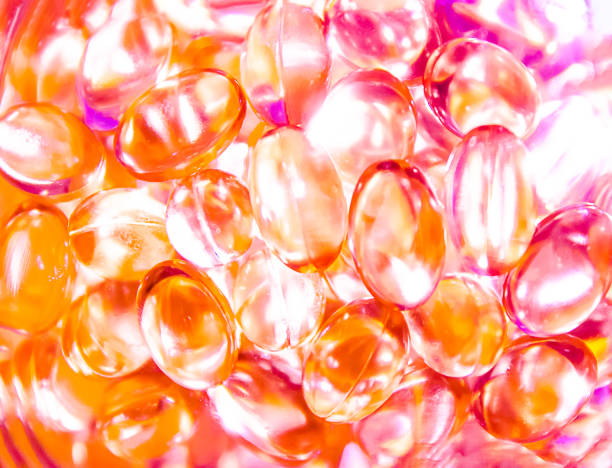A growing number of people are becoming aware that they could not be getting enough vitamin D. How can you know whether you belong to one of them?
Because your skin produces vitamin for men when intense sunlight is shone upon it directly, vitamin D is also known as the sunshine vitamin. Strong sunlight is defined as the sun being at least 30 degrees above the horizon and not being blocked by any objects, including clouds, dust, or other obscurants. "Shines directly" suggests that no clothing nor sunscreen nor window glass are covering your skin.
By the time spring arrives, the majority of us are vitamin D deficient because these conditions are typically not present during the winter. Thus, by the start of spring, you almost likely won't have enough vitamin D unless you spent a lengthy period of time in the sun or have been taking supplements containing at least 1000 IU of vitamin D daily.
Getting tested for vitamin D, specifically a blood test for 25 hydroxy-vitamin D, is the best way to learn about your vitamin D status. The lab would next categorize your test results into a vitamin D range, perhaps one of those in the following list:
- Too much
- High (though not poisonous)
- Optimum Normal
- Low-Normal (or Inadequate) Deficient
- Extremely Shortcoming
Depending on how much sun exposure a person gets, their vitamin D levels go up and down. The way it works is that you will probably regress one level every two months if you don't expose your skin to sunlight. In the winter, for instance, if your vitamin D status is Normal at the end of September, you will enter the Low-Normal category around the end of November. If you haven't previously taken some vitamin D supplements, you'll be vitamin D-deficient by the end of January and potentially severely deficient by the end of March.
What occurs in the summer? Almost the same in reverse, so long as you expose your skin to enough sunlight. Then, every two months or so, you can raise your vitamin D status (by one level). Your body gradually accumulates vitamin D stores as a result of exposure to sunlight. Of fact, unless you take vitamin D supplements, you might easily stay in the Severely Deficient category all year long if you don't expose your skin to sunlight during the summer.
To determine your personal vitamin D status, start at the conclusion of the previous winter and suppose that it was Deficient. Once you've reached Normal, unless you're a real outdoor type, cease promoting yourself (moving up one level) after every two months when you had plenty of sun. You can demote yourself (go down one level) for every two months that you had no sun (or very little sun), but you can never go below Severely Deficient. Keep yourself at the same level for any two-month period during which you aren't sure whether to move up or down.
You should be able to see from this how your vitamin D level changes throughout the year, including right now. Because different persons make and metabolize vitamin D at various rates, it is not a replacement for a vitamin D blood test. But if you take this strategy, you ought to be close.
The situation is not good for many of us; our vitamin D levels peaked around Low-Normal at the end of the summer and then declined to Deficient or Severely Deficient throughout the most of the year.
We must consistently maintain the Optimum range for optimal health. Now you understand why so few of us succeed. The only solution is to take an efficient vitamin D supplement during the months when we don't get enough sunlight. When used at the dosage necessary for effectiveness, vitamin D supplements might be unsettling for some people. But we may all make an effort to prevent vitamin D insufficiency for the benefit of our health.





No comments:
Post a Comment
Note: Only a member of this blog may post a comment.